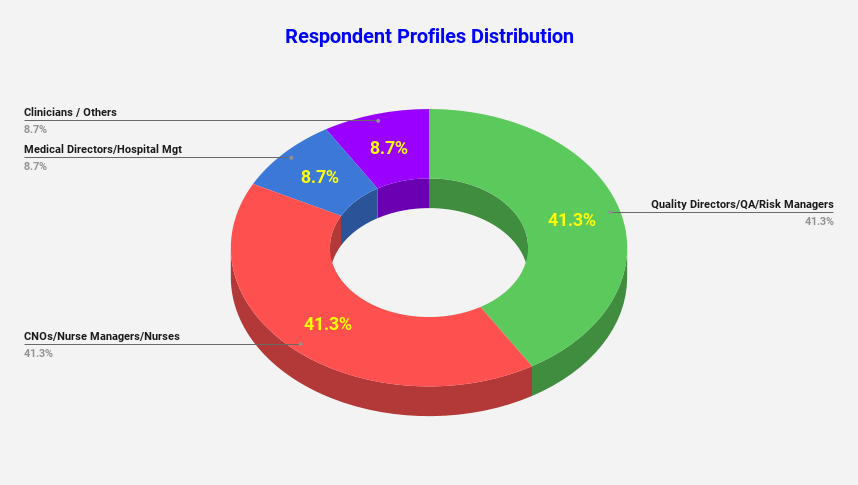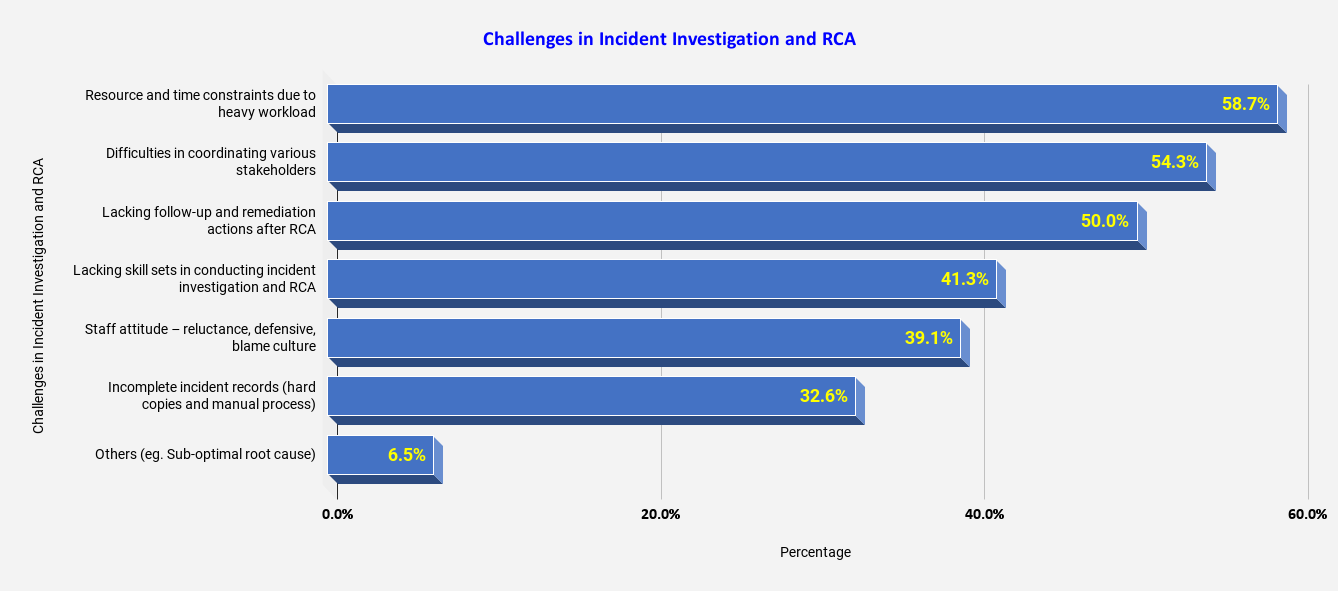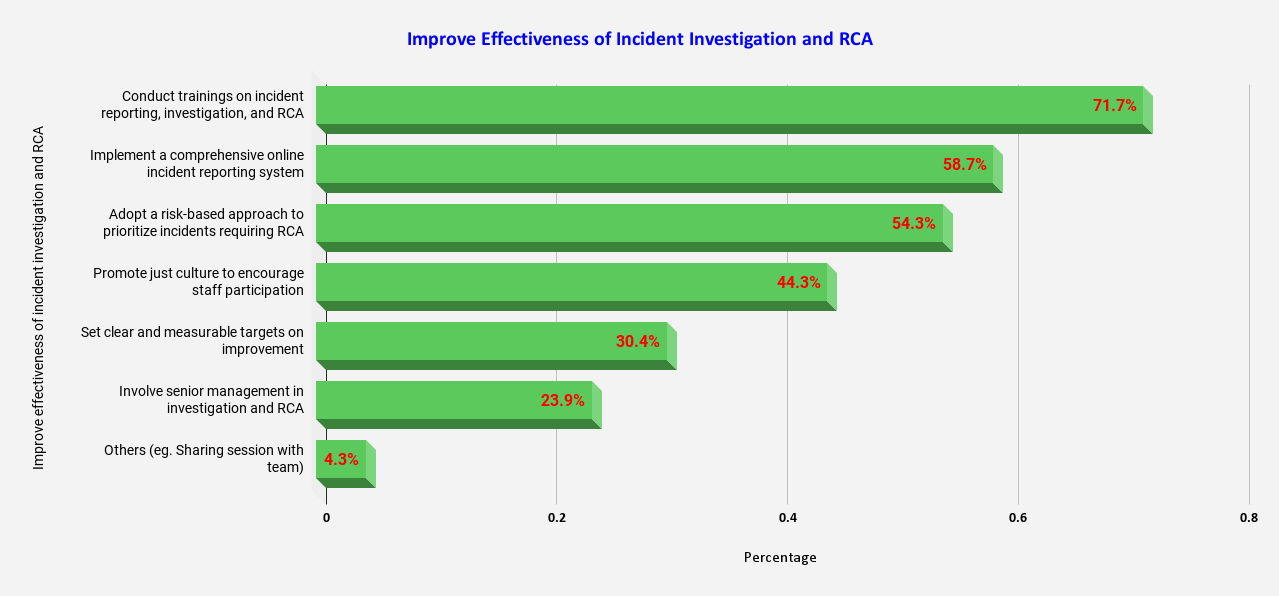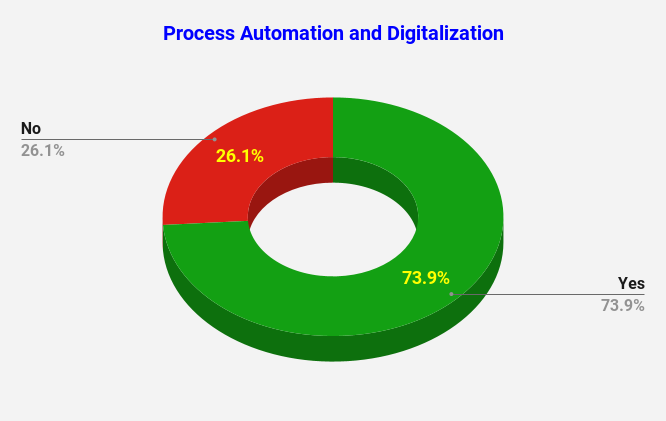Why does this survey matter to you?
Incident investigation and RCA is a subject of deep interest and serious concern to all of us. Have you come upon similar adverse events recurring in your organization after RCA has been conducted? How many formal action plans have your team initiated and implemented after RCA reviews? Are the control measures taken effective in improving patient safety?
These are the questions we ask in the QUASR Guide to Improve Effectiveness of RCA. The eBook discusses the challenges of RCA and reasons for the general lack of effectiveness of RCA in healthcare. It also outlines key approaches and considerations for RCA review in order to bring about sustained improvements
QUASR RCA Survey is a follow-up on the eBook. We want to hear your feedback and the plans you have to enhance RCA processes in your organization. A survey was conducted via email and at APHM 2022 Exhibit to gather feedback. While the sample size is relatively small (46 respondents), we believe the findings nonetheless provide valuable and actionable insights for sharing with other healthcare organisations.
Let us start a conversation on this topic that matters to you.
Profile of Respondents
Our survey targets investigation team members in hospitals. This includes senior management (Hospital Directors/Medical Directors), Quality Directors/QA/Risk Managers, CNOs/Nurse Managers/Nurses, and subject matter experts (clinicians).

Prevailing Set of Common Challenges
Respondents were asked to pick the top 3 challenges from a list of 6 common challenges when conducting incident investigation and RCA. There is an “Others” option to gather additional issues of concern. One such feedback is that RCA reviews often provide sub-optimal root causes, rightly pinpointing the crux of the matter. We can’t just look at the obvious direct causes, but should conduct deeper analysis and take a system-wide approach to identify the hidden root causes.
The survey findings provide anecdotal evidence on a prevailing set of common challenges hospitals are facing. The top 3 challenges are resource constraint (58.7%), difficulties in coordination (54.3%) and lacking follow-up actions after RCA reviews (50.0%). The other challenges, namely lacking the necessary skill sets, staff attitude due to defensive culture and incomplete incident records due to manual process are also widely cited.

How to Enhance the Effectiveness of RCA?
The next survey question on how hospitals plan to enhance the effectiveness of incident investigation and RCA provides useful and actionable insights. A majority (more than 50%) of the respondents’ rate conducting trainings, implementing an online incident reporting system, and taking a risk-based approach as their preferred plans. Training (71.7%) is by far the respondents’ most preferred plan to enhance RCA review.
Other action plans are also widely cited, namely promoting a safety culture, setting clear and measurable targets, and involving senior management in RCA review. One respondent recommends sharing lessons learned, which is indeed a great way to enhance the value of incident reporting.

Majority is Ready for Digitalization
The third and last question is on readiness for digitalisation. A majority (73.9%) say their Quality Management Department is ready for process automation and digitalisation.

5 Key Takeaways
- ● Healthcare sector is facing many challenges in incident investigation and RCA. These challenges are negatively impacting the effectiveness of RCA and prevention of adverse events from recurring. But there are several measures you can take.
● Do not assume your staff have the required skills. Conduct regular trainings on incident reporting, investigation, and RCA for your QA, nursing and HR - ● Implementing an online incident reporting system can help address several challenges identified in the survey. Digitalize your processes to lessen staff workload and increase collective participation.
- ● Adopting a risk-based approach on investigation and RCA. This will necessitate that you conduct risk assessment as part of patient safety management.
● Promoting just culture, setting clear targets and getting senior management involvement are the other measures you can take.
We welcome your comments. Please email to hak@healthgrc.com.
Your feedback will help us better understand the issues you face and solutions you need






